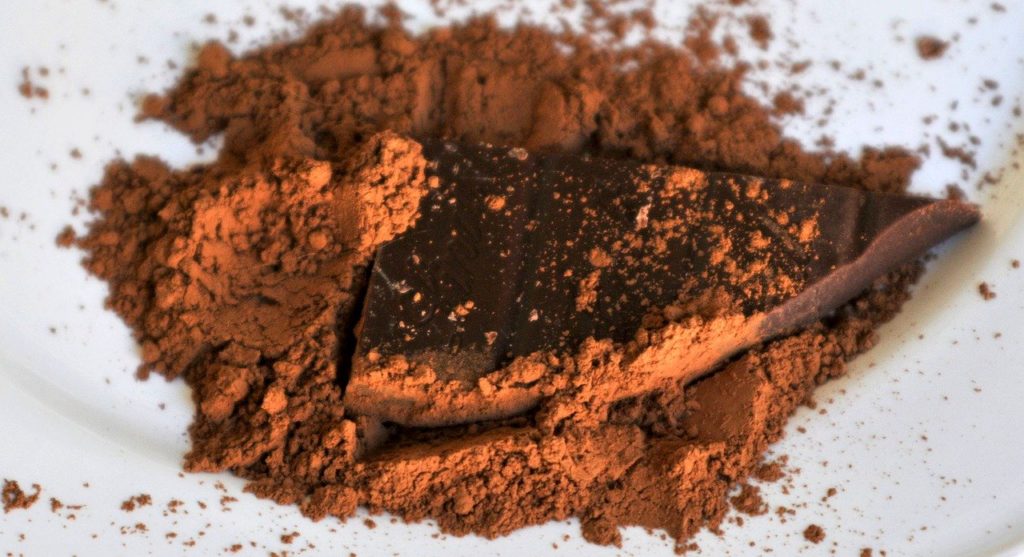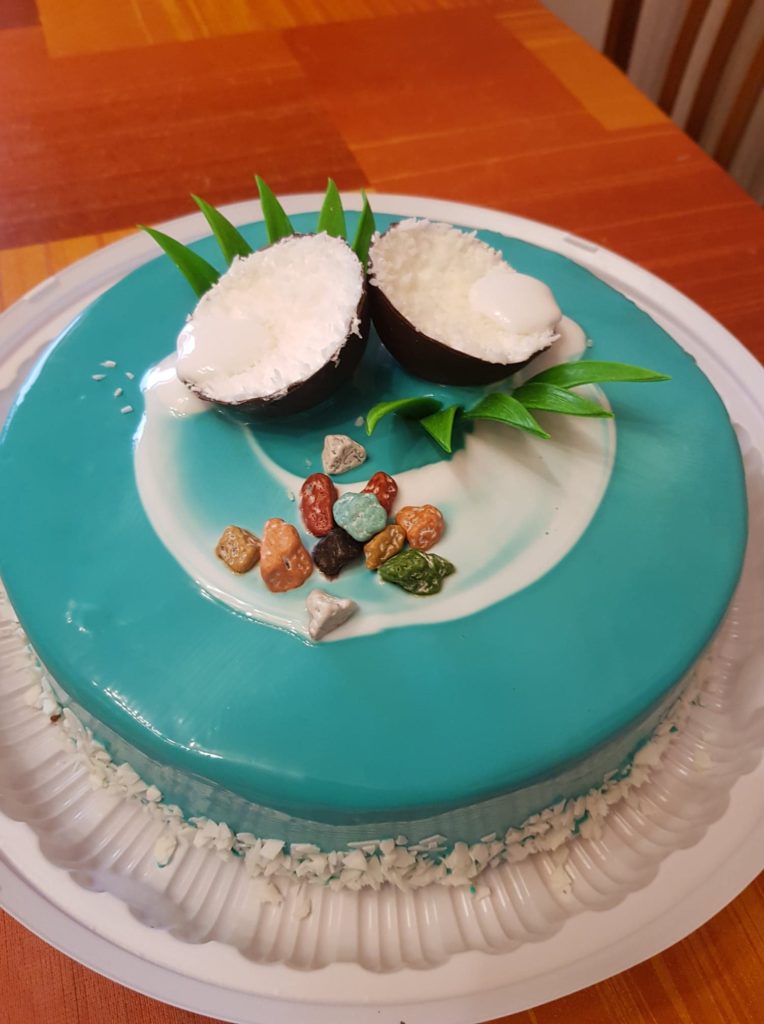Examining a Russian spice rack. Part II Posted by bota on Aug 28, 2020 in Culture, language, Russian for beginners, Russian life, Traditions, when in Russia
In the second part of examining a Russian spice rack, we will explore the most common спе́ции (spices) used in baking recipes across Russian households. At the end of the post is a playlist of Russian words to help you practice pronouncing them.
For starters, let’s cover the most basic baking ingredients:
Са́хар (Sugar) is used in almost every sweet recipe and there are different ways in which it appears:
Most recipes call for гранули́рованный са́хар (granulated sugar) or са́хар песо́к (literally “sugar sand”) and it would be measured with стака́н (cup/glass). Usually, 1 стака́н is 200 grams, ½ стака́на is 100 grams, ¾ стака́на is 150 grams, etc.
If you ever see the words са́хар –рафина́д, it’s likely you are dealing with sugar cubes meant to dissolve in your tea. Though my mom recalls that growing up they had пилёный са́хар or кусково́й са́хар, also sugar cubes but they took longer to dissolve, so a lot of people consumed кусково́й са́хар в прику́ску (in other words, sucking on the sugar cube while sipping tea).

You will likely have to use са́харная пу́дра (powdered sugar/icing sugar/confectioner’s sugar) if you are making крем (cream), глазу́рь (icing) or if the recipe asks to посыпать са́харной пу́дрой (sprinkle with powdered sugar) as decoration before serving.
Brown sugar is not as commonly used in Russian baking recipes as it is in American ones. Likewise, light and dark brown sugar might be difficult to come by at a typical Russian store. If you were to ask for кори́чневый са́хар (literally translates to “brown sugar”) you are likely to get “raw cane sugar”, which is known as тростнико́вый са́хар.
From my personal experience, substituting brown baking sugar with raw cane sugar worked fine for adapting a classic American chocolate chip cookie recipe. Since light and dark brown sugar are really just sugar mixed with different amounts of molasses, you can make it at home by following a recipe that would combine са́хар (sugar) and мальтозная па́тока (molasses).
Пищева́я со́да (baking soda) and разрыхли́тель те́ста (baking powder) are two other must-haves in a Russian kitchen. Everyone in Russia knows the classic orangey-red and yellow box of baking soda with the big words “СО́ДА ПИЩЕВА́Я” (see the image below).
The next group of words has to do with adding flavor to your вы́печка (baked goods):
Vanilla extract (экстра́кт вани́ли) in liquid form, while super common in the US, is less popular in Russia, and likely to be pricier. Russian recipes are likely to use either ванили́н (vanillin) or вани́льный са́хар (vanilla sugar). The most confusing part is probably choosing between the two. Ванили́н would be in a powder form, while вани́льный са́хар is going to be granular. Both would be sold in little packets ranging between 5 to 25 grams.
Кори́ца (cinnamon) is sold па́лочками (cinnamon sticks) and мо́лотая (ground cinnamon).
Бадья́н или звездча́тый ани́с (star anis) as well as гвозди́ка (clove) are also popular additions to Нового́дним и Рожде́ственским реце́птам (New Year’s and Christmas recipes) and are often added to tea. Мак (poppy seed) is used in руле́ты and бу́лочки (poppy seed rolls and buns). And almost every chocolate dessert in Russia will require кака́о (cocoa powder) if not directly шокола́д (chocolate).
The things in the final group are not spices, but I want to include them since they are likely to appear in a number of classic homemade Russian desserts.
I couldn’t wrap up this post without mentioning the cake “Медови́к” (Honey Cake), since its key ingredient is, indeed, мёд (honey). Likewise, my family was big on making фрукто́вое желе́ (fruit jelly) which required желати́н (gelatin) that we had to buy in small packets.
Many Russian desserts also rely on це́дра лимо́на (lemon zest) or це́дра апельси́на (orange zest) to bring out brighter flavors or highlight tangy notes.
Nowadays, сли́вки для взбива́ния (whipping cream) can be bought as a cream though I grew up on взби́тые сли́вки: суха́я смесь (whipping cream in powder form) that had to be mixed with milk and then whipped.
And of course, many десе́рты (desserts), a myriad of пече́ньки (cookies), and то́рты (cakes) have коко́совая стру́жка (shredded coconut) in them. The image below is one of a store-bought and amazingly delicious coconut cake my family happily consumed this week.
I hope this post helped you learn and/or practice baking related words, as well as bring back sweet memories of baking with your loved ones, get-togethers, and delicious desserts. What are some other things one might find on a Russian spice rack? And, most importantly, what are some of your favorite Russian desserts?
- Специи – spices
- ингредиент – ingredient
- ванильный сахар -vanilla sugar
- экстракт ванили – vanilla extract
- цедра лимона – lemon zest
- стакан – glass
- сливки для взбивания – whipping cream
- сахар-песок – literally “sugar sand” means granulated sugar
- кусковой сахар – sugar cubes
- корица – cinnamon
- кокосовая стружка – shredded coconut
- желатин – gelatin
- дессерты – desserts
- гранулированный сахар – granulated sugar
- гвоздика – clove
- ванилин – vanillin
- бадьян – anise star

Build vocabulary, practice pronunciation, and more with Transparent Language Online. Available anytime, anywhere, on any device.






